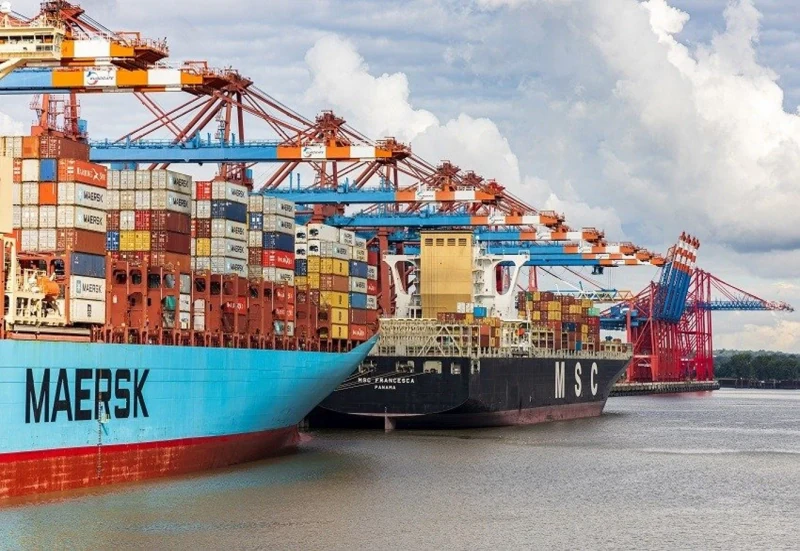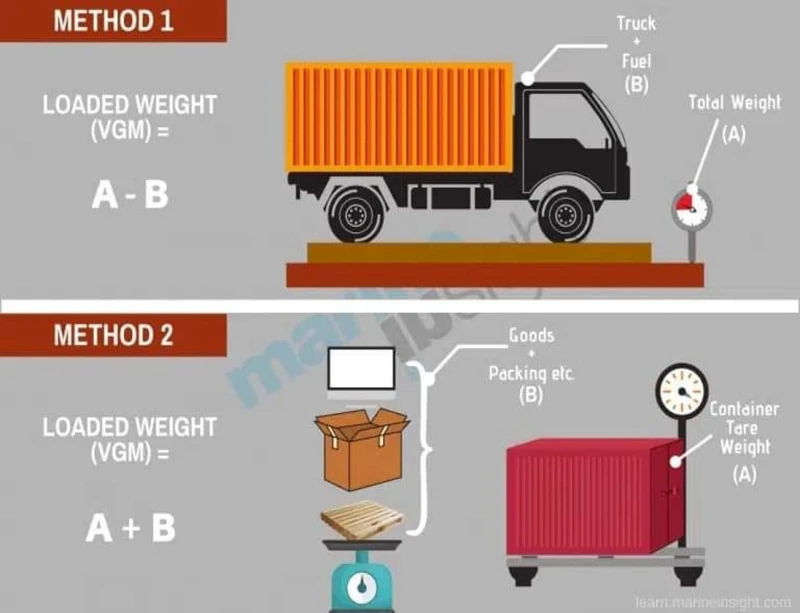News and Articles
What is Verified Gross Mass (VGM)?

Verified Gross Mass (VGM) refers to the total weight of a packed container as determined by the shipper and verified for accuracy before it is loaded onto a vessel for export. VGM is a critical component of the International Maritime Organization's (IMO) Safety of Life at Sea (SOLAS) Convention regulations, which came into effect on July 1, 2016. The shippers or cargo owners must verify the total weight of each container before it is loaded onto the vessel.
Under these regulations, it is the responsibility of the shipper to provide the VGM of the container to the carrier and terminal operator. The VGM includes not only the weight of the cargo items but also the weight of the container itself along with any packaging materials, dunnage, and securing materials.
The implementation of VGM regulations aims to enhance safety throughout the shipping process. Accurate weight verification helps prevent accidents such as container stack collapses, which can jeopardize vessel stability and the safety of maritime operations. Additionally, knowing the accurate weight of containers assists in proper stowage planning, ensuring that vessels are loaded within their safe operating limits.
Shippers have two methods for obtaining and providing the VGM: Method 1: Weighing the packed container: The shipper will weigh the entire container, including all cargo and packaging by using certified equipment. Method 2: Calculating the VGM: The shipper can calculate the VGM by weighing each cargo item within the container and adding those weights to the container’s tare weight as indicated on the door end of the container.
Most important: Once the VGM is obtained using either method, it must be communicated to the carrier and terminal operator promptly, typically before the container is delivered to the terminal for loading onto the vessel. Failure to provide accurate VGM information can result in delays, fines, and other penalties.









